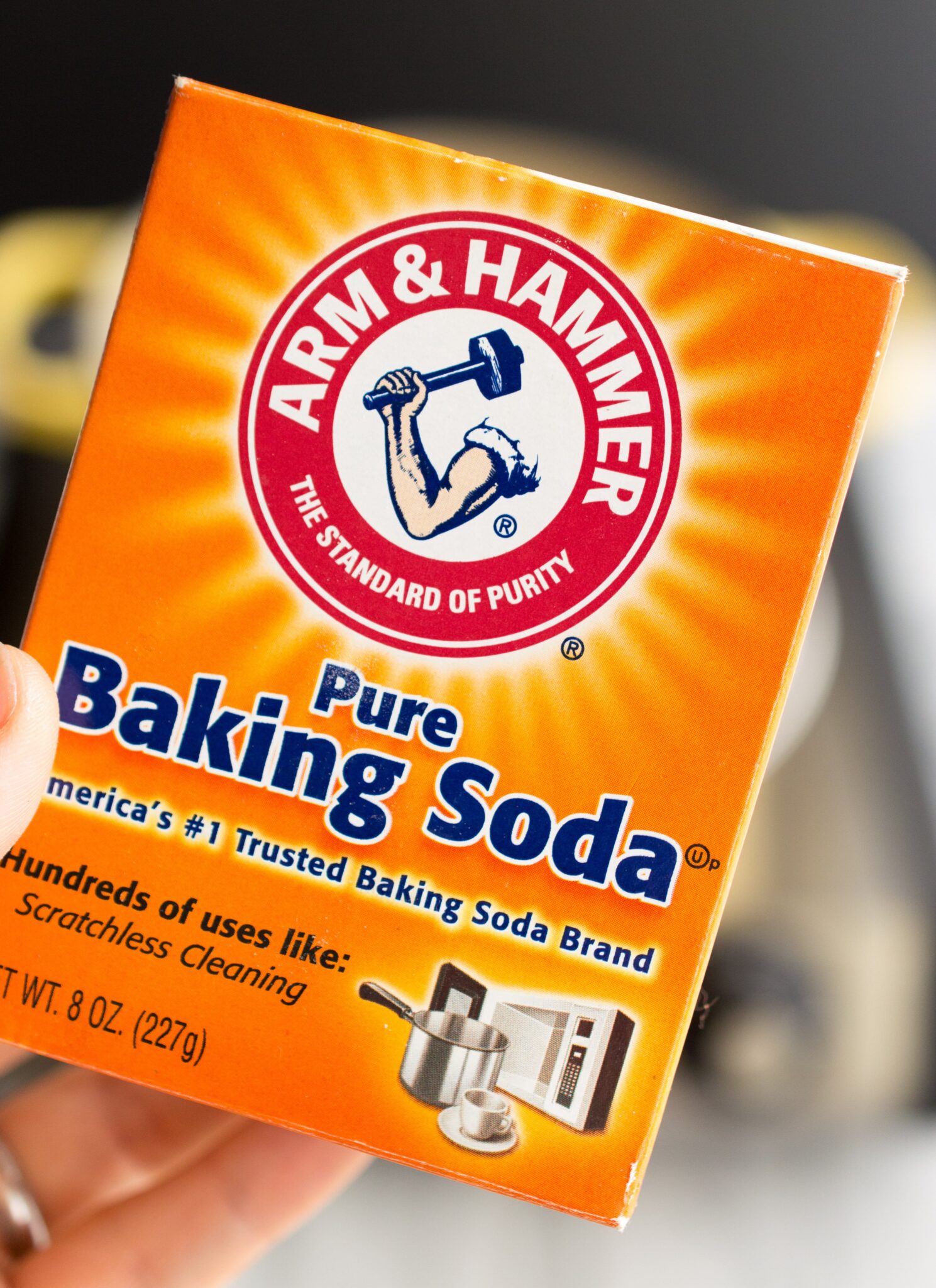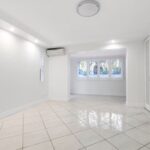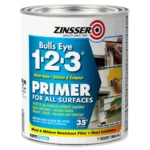Baking soda and baking powder are two of the most common substances you can find in the home and likely everywhere you go, they are about as commonplace as salt.
Both baking soda and baking powder are handy substances with several uses in the cooking department, but as cleaning agents, only baking soda can be used.
Table of Contents
Baking soda Vs Baking powder for Cleaning
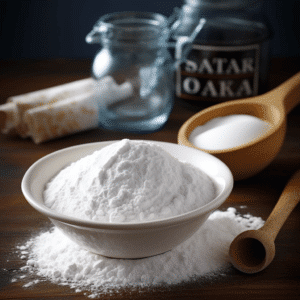
Baking soda
It is also known as bicarbonate of soda, sodium bicarbonate, or sodium hydrogen carbonate and is an alkaline salt that comes in the form of a white powder.
In cooking baking soda is used as a leavening agent to cause the dough to rise or expand.
Baking soda causes leavening by reacting with acid and releasing carbon dioxide into the dough expanding it evenly and creating the characteristically even texture and consistency of baked goods.
Baking employs the use of several acid sources such as lemon juice or cream of tartar that react with the baking soda in the dough causing the chemical reaction that leavens the dough.
In the absence of any acids in the dough, the dough rises when heat is introduced as has been the case with muffins and cookies which rise and expand considerably in size during the baking process and not while sitting at room temperatures like bread and cake dough.
However, when used on its own as a leavening agent without acid to leaven the dough at room temperature, baking soda may inject a strong salt-like or alkaline flavor into the end product as well as a yellowish color which may not be desirable for some.
This flavor can easily overpower other flavors that are the intention of the baking process or simply fail to gel well with other flavors.
For this reason, the better and safer product for baking would be baking powder.
Baking powder
Baking powder is a ready-made leavening agent, a derivative of baking soda to a degree.
It comprises approximately 30 percent baking soda mixed in powder form with an acid like cream of tartar, calcium acid phosphate, or sodium aluminum phosphate but the reaction that produces carbon dioxide and leavens dough does not occur until the baking powder is put in water.
The acids get activated by the water and react with the baking soda producing carbon dioxide which causes the dough to rise.
These acids in baking powder also have the added benefit of neutralizing the metallic and alkaline quality that is present in baking soda when used in baking such that baking using baking powder guarantees that the taste, smell, and color of the finished product do not deviate from that of the intended end product.
Baking powder may also include an innate powder such as corn starch to act as a buffer and prolong its shelf life.
It adds bulk and absorbs moisture from the atmosphere preventing the baking powder from absorbing said moisture and reacting which would render the baking powder ineffective when it is eventually needed.
Baking soda vs Baking powder for Cleaning: Baking powder cannot be used for cleaning.
Baking soda for Cleaning
It can be used as a cleaning agent in the following ways
- Soda blasting
- As a disinfectant and a fungicide
- To absorb odors from clothes and surfaces
- To neutralize acids
- To remove tea and coffee stains from dishes and restore shine to tarnished silver
- Can be used to remove rust from metals
Sodablasting
This is a milder cleaning technique than sandblasting where sodium bicarbonate particles are blasted against a surface using compressed air instead of sand to clear the surface of adhering dirt.
This has a multitude of applications including restoring buildings, and statues and cleaning manufacturing equipment.
As a disinfectant and a fungicide
Baking soda has mild disinfectant properties so it can be used when mixed in water to clean surfaces and rid them of several microbes and fungi though it cannot kill off all kinds of germs and microbes.
Baking soda is not a sterilizing agent which is a much more thorough process of ridding a surface of all of the possible microbes that could be on that surface.
In the home sterilization is unnecessary and disinfecting is sufficient.
To absorb odors from clothes and surfaces
Baking soda can be used rather effectively in place of fabric conditioners to absorb strong odors from clothes for instance, if they have the mildew stench that comes from overstaying in dampness baking soda is the better product compared to fabric conditioners.
Kitchen surfaces can suffer stuffy smells from strongly odored foods such as fish and certain herbs whose scents adhere to surfaces such as wooden chopping boards over time.
A solution of baking soda in water no matter how dilute is very effective against these odors.
To neutralize acids
Laboratory spills that involve weak acids can often be cleaned effectively by wiping the surfaces using baking soda preventing the acids from damaging surfaces or hands.
In the mouth, a good number of microbes especially those that reside in the throat thrive in an acidic atmosphere which is why baking soda is an ingredient in many types of mouthwash.
They neutralize this acidic environment leaving your mouth fresh and clean.
To remove tea and coffee stains from dishes and restore shine to tarnished silver
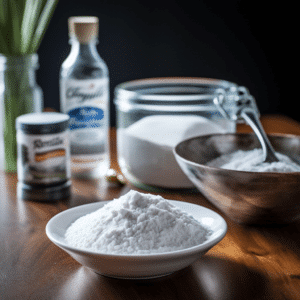
Your china should always look new and baking soda is the solution for stained tea and coffee cups. A warm but mild solution of baking soda will get rid of those brown marks leaving your cups splendidly beautiful.
Silverware that has lost its shine does not need scrubbing. A warm solution of baking soda should strip the silverware of the dreaded coating leaving it shiny and presentable.
Removing rust from metals
If you have any metal surface that has developed a layer of rust, simply make a baking soda paste. The more the baking soda the better the results.
Apply a thick portion all over the rust and let the paste rest before scrubbing it off of the metal. The effect is shiny metal and if one round does not work, a repeat of the same will leave the metal shiny and rust-free.
